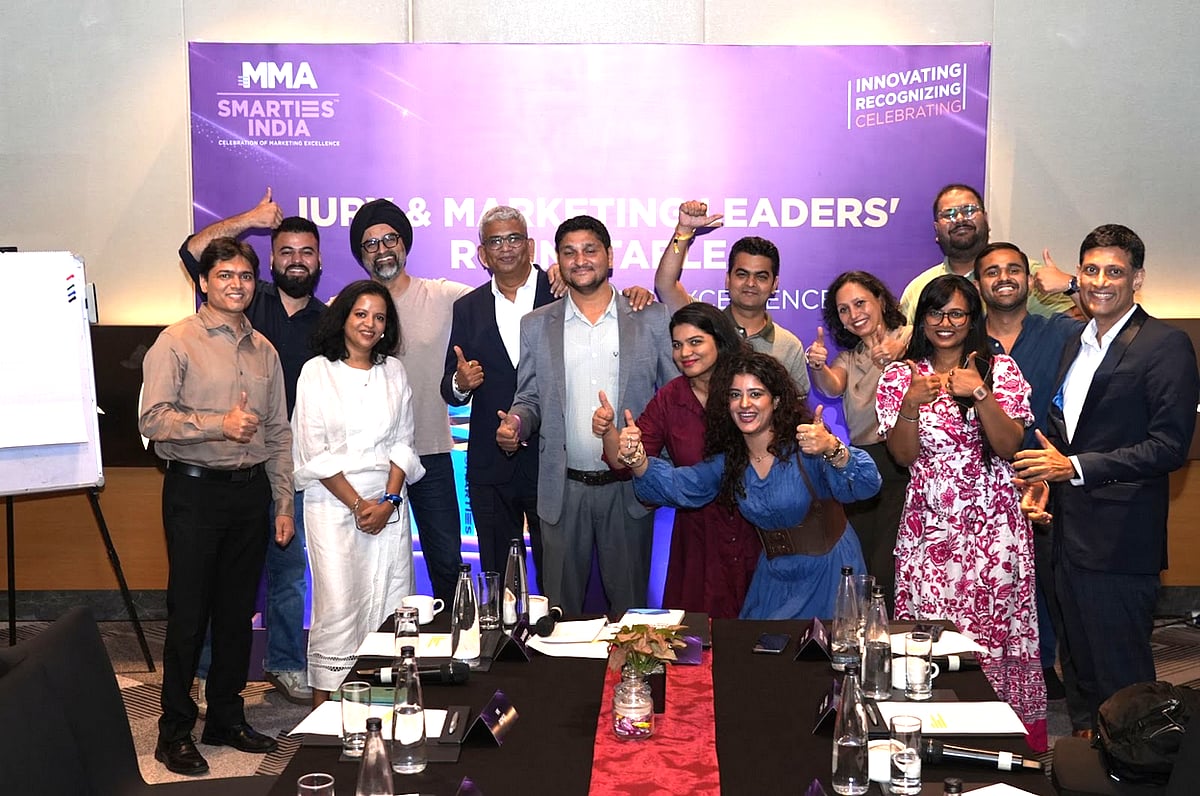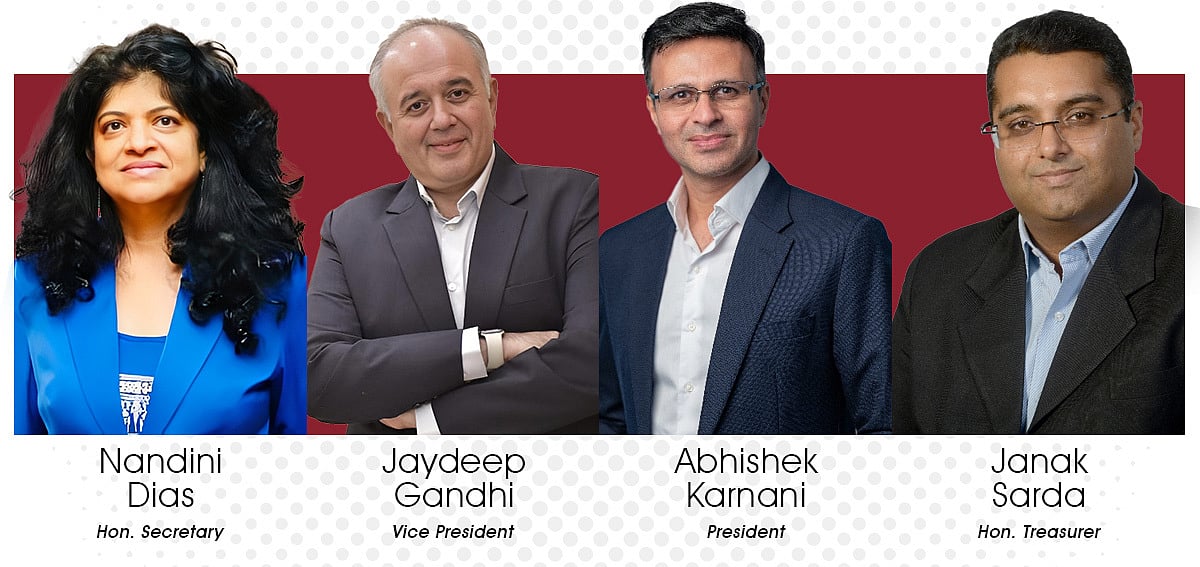You closed FY 22 with sales of a little over Rs,2,500 crore, up Rs.500 crore from the previous year. Besides pressure cookers, you have induction cookers, gas stoves, and other kitchen appliances. How does each contribute to the revenue?
Pressure cookers are only one third of our revenue. Cookware is between 17 to 18%. Gas stoves also contribute between 17 to 18%. The induction accounts for around 10 to 12%. For TTK prestige, the induction cooktops performed well last year probably because of the rise in LPG prices. Also, people have started understanding the benefits of induction stove as it is the safer way of cooking. Most households today have one induction stove as back up. So, roughly half of our business is pots and pans (cookers and cookwares) and appliances contribute the other half.
Does South India account for the majority of revenue for TTK Prestige? What would be the proportion by geography? Does this vary by product category?
There was a time when South India accounted for more than 80% of our revenue. Currently South India accounts for less than half of our total revenue, i.e. 45%.
We are now fully national and are present in all geographies across the country. Relatively speaking, northern markets were weaker markets for us. Currently the numbers are good for us;different product categories have different proportions.
The Indian pressure cooker market is projected to grow at a CAGR of 6.4% during 2021-27. What would be the market share of TTK Prestige? How do you see it growing?
Our market share is valued between 31 to 32%. In terms of volume, it would be 27 to 28%. Our growth rate in the last five to six years has been higher than the industry growth, which can be attributed to our new launches and innovation. We are hoping to beat the industry growth rate
going forward as well.
Urban India is said to have 90% penetration for pressure cookers. That means most of the sales now is from rural India or is the urban replacement market equally high? Can you share some numbers on the pressure cooker sales in rural and urban consumers for TTK Prestige?
Urban India is supposed to have more than 90% of pressure cooker penetration. If you take Delhi for instance, it has a penetration of around 99%. But, rural India is not the same. However, various efforts by the Indian government to make sure that LPG is more accessible has definitely helped in improving the pressure cooker penetration. Pressure cookers are sold to
different types of buyers. Like first-time buyers who didn’t own one before and bought one now. Second is the add-on buyers, for instance they would be having a 5-litre cooker already and would need a 3-litre cooker in addition to that. Multiple pressure cooker ownership is very
common of late. The third kind of consumer is the one who might be having an aluminium cooker and would want a pressure cooker made of stainless steel. The next is replacement buyers who would want to exchange or replace the older one.
First-time buyers are not a thing in urban India because of the penetration. Rural India has all types of buyers mentioned above. We don’t see the problem of the market becoming saturated, there is a lot more to be achieved. Today, the consumers are willing to upgrade if you are giving
them a pressure cooker which has better quality and advantages. That has been our strategy throughout.
We don’t have tracking of rural sales as the way to get to those consumers may not be conventional. Many times, the rural consumers come to Tier 2, 3, 4 cities and do their purchases. So it is difficult to put numbers. My assumption is that about a third of our sales would be coming from rural and semi-rural India and two-third would be from urban India.
Besides a handful of players, pressure cookers are said to be an unorganised sector. With GST, the unorganised competition reduced, according to Mr. TT Jagannathan (Chairman, TTK Prestige, 2018). How is the landscape now?
The GST implementation was a good move for the organised and national players because suddenly the barriers were removed. Smaller players had to face a crisis in the last few years because of GST implementation followed by demonetisation and then the pandemic. In general, the MSME sector had to suffer.
What we are seeing is that in the last five to six months, they have got their act together. We tend to be wary of them as we go forward. The idea is to have the same strategy which we had right throughout and also have the innovation flowing, through which our consumers are kept engaged and interested in our products.
Is there a problem with counterfeit products (posing as Prestige)?
Counterfeit products continue to be an issue for any major brands who are key players in their respective categories. It cannot be avoided in our country.
We are on constant vigil. We have agencies which go all over the place and identify the same. We have internal methods to identify counterfeit products.

TTK Prestige MD Chandru Kalro |
TTK is embarking on a technology solution which will make sure that any consumer, irrespective of any other factor, can identify whether the products are genuine or not. Hopefully in the next five to six months we will have it in place.Even now, we regularly conduct raids with the help of
a third party investigative agency.
Once the raids happen and people are caught, we make sure the publicity is done to the maximum level. This is to make sure that the people in that particular area know about the incident.
The use of counterfeit goods hasn’t come down. It is not just about duplicate products, it is about products which are called ‘Prestige’. There are many products which have got a logo similar to that of Prestige.
You export to several countries....
We export to 40 countries. Largely, our exports consist of pressure cookers and cookwares. We export to the Middle East, Europe, Africa, Australia, North America. Other than South America, we have exports to every continent.
Our exports are not all branded products. There are a lot of white label exports that we do. Many are not aware that outside the county, we don’t own the Prestige brand. The owner of the brand is a Hong Kong-based company. If we export to the Middle East, we export under license
and pay them royalty.
You entered the European market with Horwood in 2016. How has it performed?
Our sense of timing was probably the worst. We bought Horwood, Brexit happened and post that the UK has never been steady. Then the pandemic struck and now there is recession and a financial crisis. Of course it has been a tough time. Hence, they are not performing the way we envisioned. Having said that, the team has done extremely well in fighting various crises that come their way and making the company strong enough to go through them.
Are brands feeling the heat of recession in overseas markets, particularly the UK? How do you see the recovery happening?
All companies are facing the heat, unfortunately that’s the truth. Recovery will happen, but it will take some time.
There are a lot of things they are doing. The way they are approaching the business, they are looking at new products, markets and channels. I believe that in the current situation, they are doing well despite the obstacles that are not in their control.
Can you throw some light on the brand’s performance in the e-commerce segment and on ecommerce-centric strategy?
e-commerce is going to be an important part of TTK Prestige, as it is for any brands or categories. At the same time, I believe that in our category at least, e-commerce has a role to play, but not a dominant one like in the mobile phones category. We have strategies that we must be available where the customers are. We must have a reasonable level of merchandise
and products, wherever customers go. We have not sacrificed other channels for e-commerce’s sake.

TTK Prestige MD Chandru Kalro |
Our strategy is that all our channel partners are important to us, the customers are also extremely important to us. We align our strategy to be customer-centric and ensure that our
channel relationships are not spoilt. Overall revenue share from e-commerce for TTK Prestige is 15 to 16%.
Effective October 2020 you stopped importing products from China. What is the scale of indigenisation and how has this impacted cost?
The journey wasn’t easy. We were one of the first brands to decide on the same. The process was painful and expensive. Expensive and long – while building a supply chain in India, we lost business.
We took a loss in revenue. The growth last year is in spite of the fact that we suffered losses. One more problem with the entire process is that it has impacted some new development that we would otherwise have had, if we continued to import.
Largely, the efforts have been worth it and we are in line with the national strategy of Aatmanirbhar, which we are proud of.
You have over 680 stores across 375 towns. What are the expansion plans? How are the products faring in metros Vs Tier 2, Tier 3?
We have a very aggressive expansion plan on the exclusive retail store strategy. We want to add 75 to100 stores every year for the next three to four years across geographies.

TTK Prestige MD Chandru Kalro |
Growth in Tier 2, 3 is more robust than metros; not that metros are doing bad. Generally Tier 2 and 3 is showing better growth.
Tell us about the brand’s media strategy and specifically, digital.
Digital has become a bigger part of the media mix. At the same time, we haven’t given up conventional media. We have added digital in the right proportion. It is truly getting fragmented, hence we have to be everywhere. Digital is today 30% of our overall media spend.
Your communication ‘Jo biwi se kare pyar’ has been around for ages, in multiple languages. In today’s age, even if the majority of kitchens are still handled by women, there is a view that the line follows and furthers the stereotype of ‘kitchen means women’. Your thoughts.
That was something which we wanted to break. We don’t believe that cooking has any gender. When we brought back the line after many years with Abhishek Bachchan and Aishwarya Rai, that was the exact point we wanted to drive – that the men can cook, should cook and do a good job cooking.
It is an extremely interesting way to express love towards the spouse. Now, the line is morphing into different things like ‘Jo Apnon Se Kare Pyaar’, etc. The idea is that many stories are happening around home and kitchen and brands must express that.
We want to break stereotypes. Today, women are also breadwinners. Hence men cooking should be normalised. We are planning a new campaign, which is in a very early stage right now.
(Content powered by www.MediaNews4u.com. Simultaneously published under exclusive arrangement by The Free Press Journal BrandSutra.)










